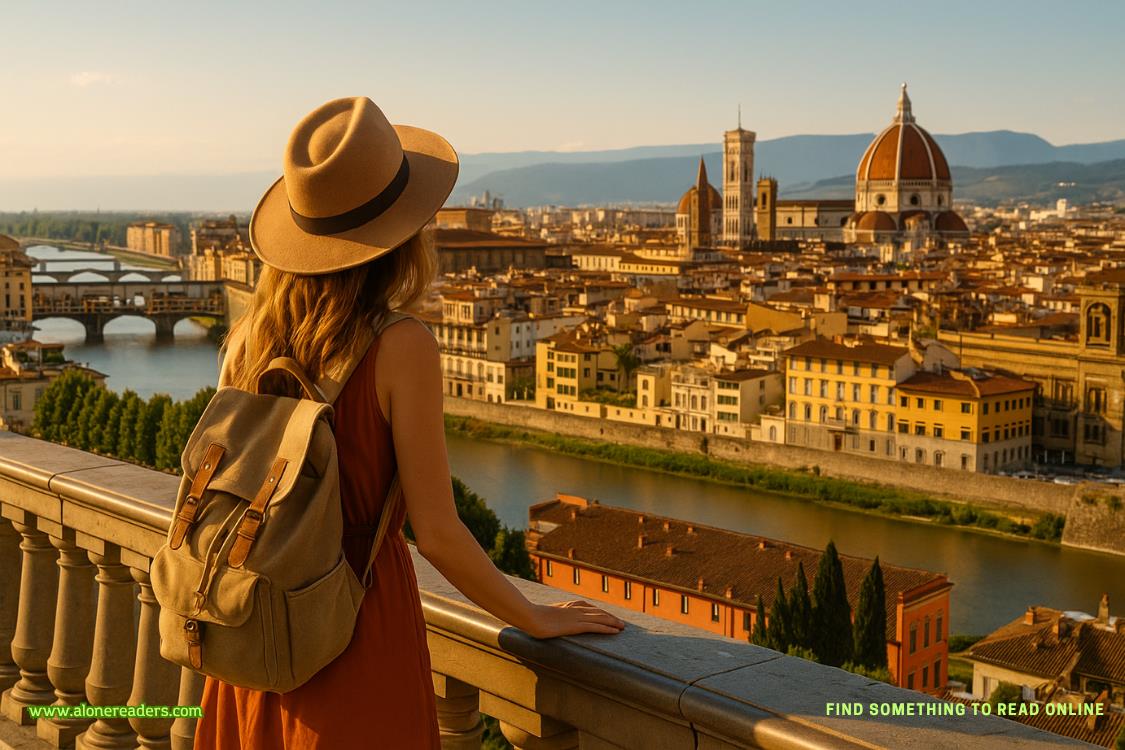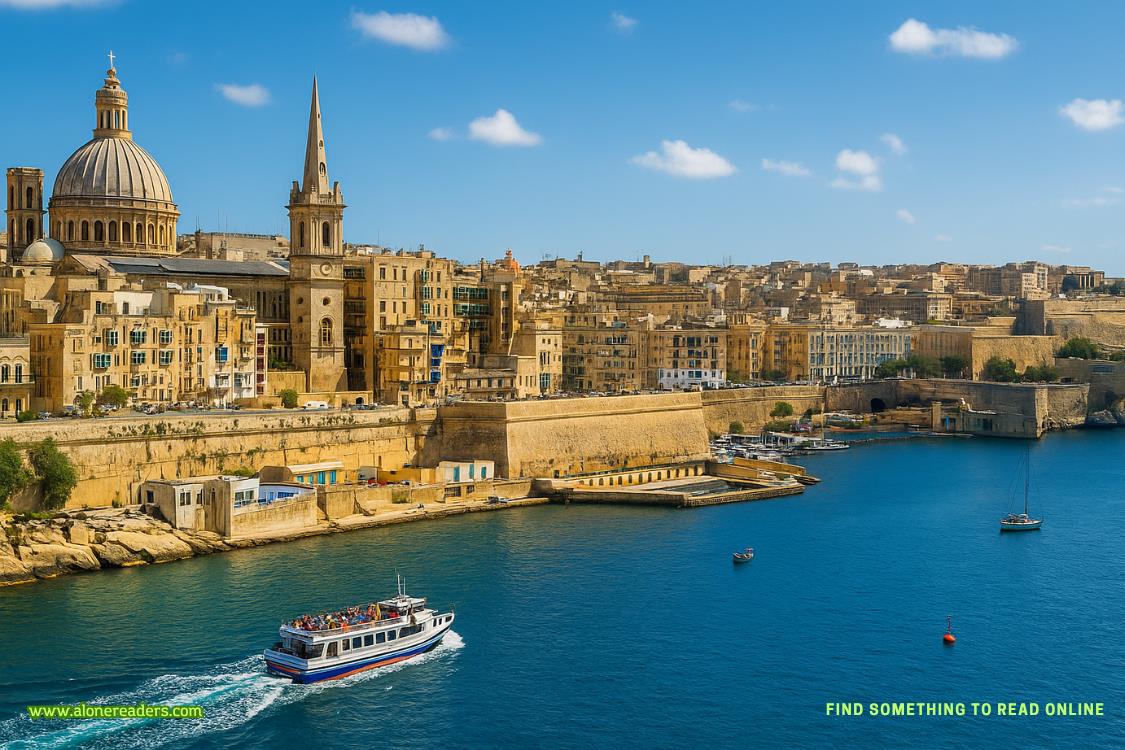Stefani Hoffmann took the sketch from Gabriel and deepened the lines around the mouth. “Now it’s perfect,” she said. “But what are you going to do with it?”
“I’m going to find out who he really is.”
She looked up from the sketchpad. “But who areyou?”
“I’m an associate of the archbishop.”
“Are you a priest?”
“No,” said Gabriel. “I’m a professional.”
Which left onlythe letter. The letter in which Niklaus Janson had described the Order of St. Helena as evil. Three times Donati asked to see it. Three times Stefani Hoffmann refused. The letter was of an intensely personal nature, written by an emotionally distressed man whom she had known since childhood. A man who had been publicly murdered on the most famous bridge in Italy. She would not show such a letter to her closest friend and confidante, she insisted, let alone a Roman Catholic archbishop.
“In that case,” said Donati, “might I at least see the picture?”
“Jesus in the Garden of Gethsemane? You don’t get enough of that sort of thing at the Vatican?”
“I have my reasons.”
It was propped against the wall behind Stefani Hoffmann’s chair, still entombed in a shallow cardboard box. Donati checked the waybill. It was from a DHS Express near Roma Termini. Niklaus must have shipped it before boarding the train to Florence.
Donati removed the picture from the box and freed it from its cocoon of bubble wrap. It was about fourteen inches by twelve. The illustration itself was a rather shopworn depiction of Jesus on the night before his torture and execution at the hands of the Romans. The frame, museum glass, and matting were of high quality.
“Bishop Richter gave it to him the day he swore his oath of allegiance to the Order,” explained Stefani Hoffmann. “If you turn it over, you’ll see the Order’s coat of arms.”
Donati was still staring at the image of Jesus.
“Don’t tell me you actually like it.”
“It’s not exactly Michelangelo,” he admitted. “But it’s nearly identical to a picture that hung in my parents’ bedroom in the little house in Umbria where I was raised.”
Donati did not tell Stefani Hoffmann that after his mother’s death he found several thousand euros hidden inside the picture. His mother, justifiably, had distrusted Italian banks.
He turned over the picture. The Order of St. Helena’s coat of arms was embossed on the back of the matting, which was held in place by four metal brackets. One of the clasps, however, was loose.
Donati removed the other three and attempted to pry away the matting. Failing, he turned over the frame and allowed the weight of the glass panel to do the task for him.
It landed on the tabletop without shattering. Donati separated the matting from the picture and found a cream-colored envelope, also of high quality. It, too, was decorated with a coat of arms.
The private papal armorial of His Holiness Pope Paul VII.
Donati lifted the flap. Inside were three sheets of rich stationery, almost like fine linen. He read the first lines. Then he returned the letter to the envelope and pushed it across the table toward Gabriel.
“Forgive me,” he said. “I believe this belongs to you.”
19
Les Armures, Geneva
It was approachingnine o’clock by the time Gabriel and Donati arrived in Geneva, too late to make the last flight to Rome. They checked into adjacent rooms at a small hotel near the St. Pierre Cathedral and then walked to Les Armures, a wood-paneled restaurant in the Old Town. After placing his order, Gabriel rang a friend who worked for the NDB, Switzerland’s small but capable foreign intelligence and internal security service. The friend, whose name was Christoph Bittel, was the head of the counterterrorism division. He answered guardedly. Gabriel had a long and distinguished track record in Switzerland. Bittel was still cleaning up the mess from his last visit.
“Where are you?”
Gabriel answered truthfully.
“I’d order the veal cutlet if I were you.”
“I just did.”















